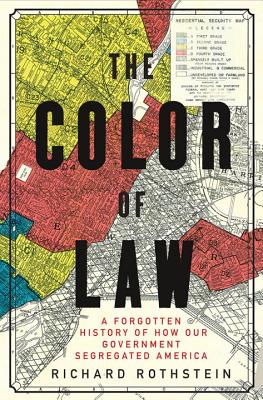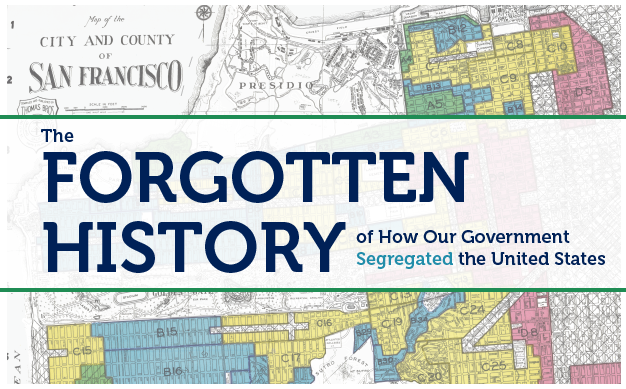I use excerpts from The Color of Law in addition to excerpts from Thomas Sugrue’s The Origins of the Urban Crisis to teach about dejure housing discrimination and segregation. Specifically, we focus on the relationship between the government, banks, neighborhood associations and the wealth discrepancy between the races that we see today.
To demonstrate this connection, scholars read sources and develop a “mind map” that shows the relationships. This is especially relevant in Detroit, which has one of the most interesting and volatile history of racialized housing segregation. We start out with general questions that raise scholars already-existent awareness of the issue such as, “where are the best public schools in the area?” “where do people of different races live?” “where are the racial boundaries in Detroit?”
Building on this knowledge, students then come up with their own questions.
Students’ questions were “how did neighborhoods get segregated?” “why does housing segregation affect school quality?” This naturally led to diving into the texts to answer these questions, looking at demographic maps pre- and post-1967 Detroit rebellion, and reading primary source pamphlets from white neighborhood associations. These issues impact the classroom.
By the end, students realized that segregation was not of individuals choosing necessarily, but rather a planned, coordinated effort by the institutions that exist in the U.S. to keep people separate and to keep the dominant group dominant.








Twitter
Google plus
LinkedIn